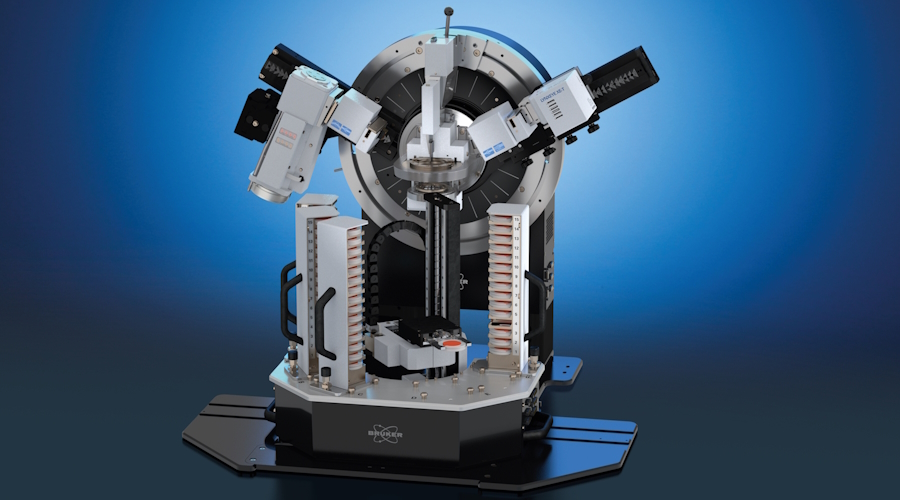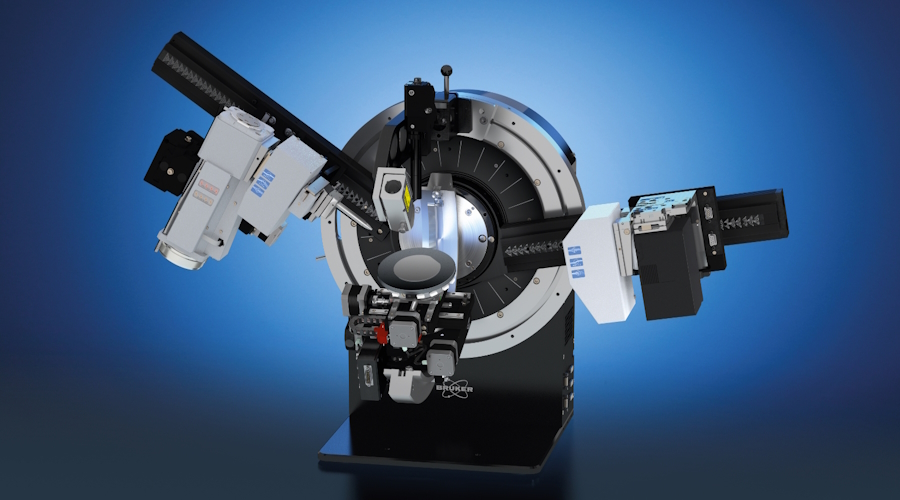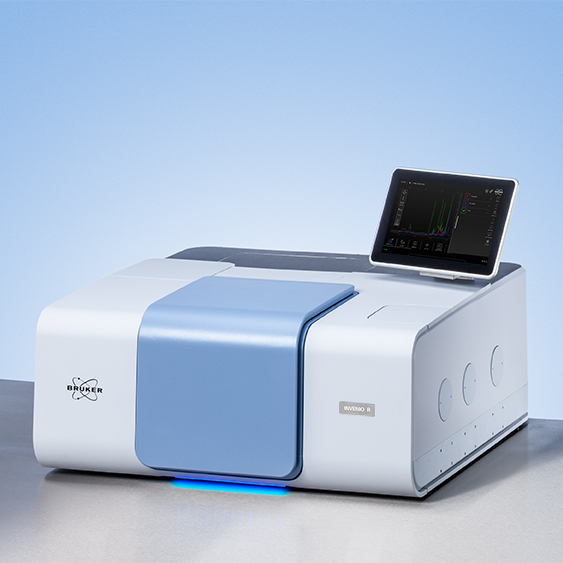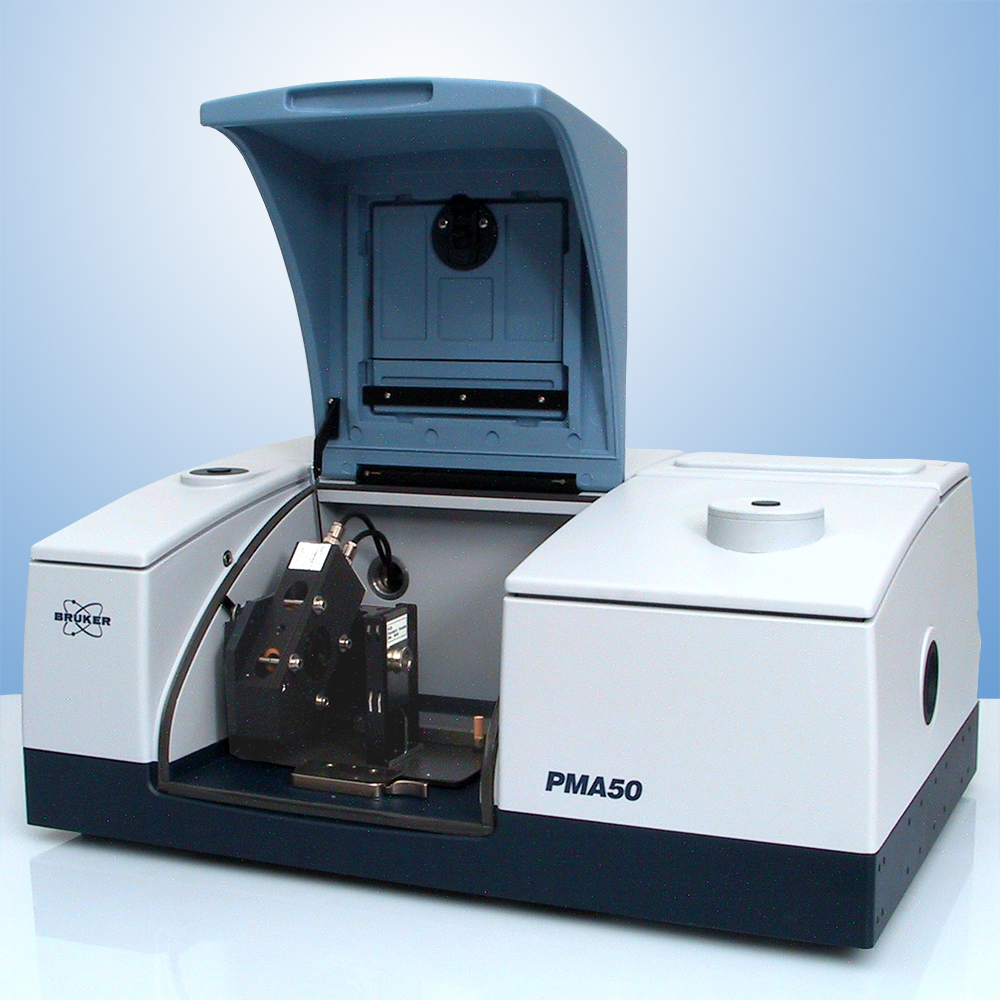

Functional Materials
Vibrational Circular Dichroism for Clarifying Molecular Stereostructure
Vibrational circular dichroism (VCD) is a relatively easy and less cost-intensive method for measuring the chiral properties of molecules in solution, for determining absolute stereochemical configuration and for studying the conformational properties of complex biomolecules such as proteins and nucleic acids.
Bruker’s PMA 50 measurement module is dedicated for polarization modulated experiments like VCD or PMIRRAS (polarization modulated infrared reflection absorption spectroscopy) and provides excellent sensitivity and outstanding baseline performance for VCD experiments.
In-situ Reaction Monitoring Using FT-IR Spectroscopy
FT-IR reflectance measurement is an optimal tool for in-situ monitoring of heterogeneous catalyzed chemical reactions. No matter gaseous or liquid reagents on solid catalysis surface, FT-IR spectroscopy is a very sensitive and fast investigation method to follow surface adsorption process as well as to characterize functional catalysis surfaces.
Bruker’s research series FT-IR spectrometers allow to adapt dedicated accessories or tailor-made external reaction chambers to simulate and investigate different catalysis processes with the help of model systems and to understand the role of defects, doping or other functionalization/modifications on catalysis surfaces. Read more (link to AN M107 uploaded in Team).
FT-IR Spectrometers Contribute to Meta Material Revolution
Meta materials are artificial materials engineered to have exciting properties which are not found in natural materials. They are assemblies of multiple elements fashioned from composite materials such as metals and plastics.
During the last 3 decades, many scientists in different fields have donated a lot of effort to tailor the novel properties of meta materials, because they offer promising future potentials for material science due to their unusual and designable optical properties.
Bruker has witnessed these exciting revolutions of meta materials with FT-IR research spectrometers e.g. equipped with various measurement accessories, broadest spectral range and IR microscope.
Characterization of Solar Thermal Materials with FT-IR Technique
Solar thermal heat can be directly converted from sunlight by using solar thermal materials and further converted into electricity. It is one of the clean, efficient and reliable energy generation methods and is widely used in hot water generation facilities, solar thermal power plants, energy saving widow glasses, heat-isolating textiles etc.
The optical properties of such solar thermal materials can be perfectly characterized using FT-IR technique. The surface emissivity of such materials, which is directly related to its heat transfer properties, can be determined using FT-IR reflectance or emission spectroscopy.
Non-Ambient X-ray Diffraction of Functional Perovskites
In-situ diffraction studies provide insight into structural changes and reactivity under non-ambient conditions. For example, barium titanate (BaTiO3) undergoes a reversible phase change from tetragonal to cubic above 130 °C. Access to higher temperatures, however, is often required. Anatase (TiO2) converts irreversibly to the rutile polymorph at elevated temperatures. Reported transition temperatures vary from 400 °C - 1200 °C due to differences in particle size/ shape, surface area, impurities, and various other parameters.




